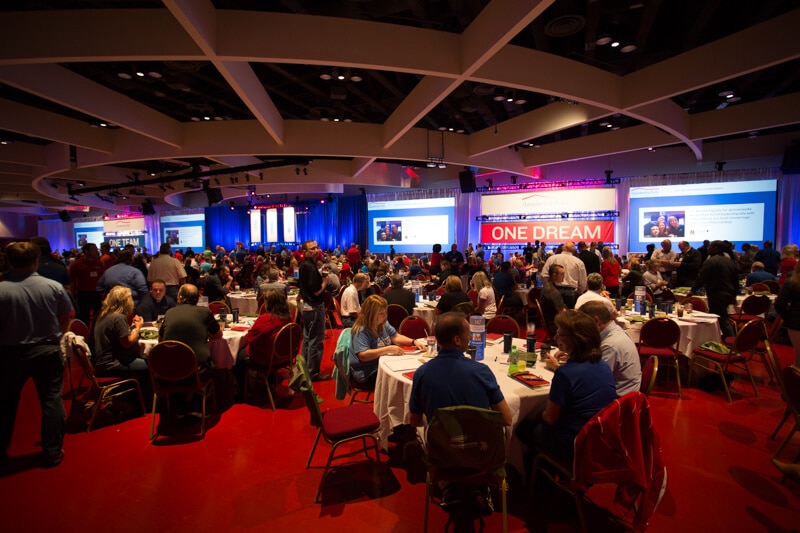Tips on using a post-meeting survey to gather valuable data
“How’d the meeting go?”
It’s a question that key people in your organization inevitably will ask after any important event. The good news: You can provide an accurate, data-based assessment if you survey your attendees, which also helps you plan successful events in the future.
Here are some guidelines to follow.
What types of questions should you ask?
The post-event survey provides a great opportunity for you to learn how your attendees:
- Heard about the event, so that you can get a feel for how your pre-event promotions performed
- Rate the event location, including walkability to restaurants and nightlife, the quality of meeting rooms, AV services and food
- Judge the quality of the speakers and the content they delivered
Paper survey or online questionnaire?
Both have their merits. Paper is familiar to most people, so they’re likely to complete the survey given that they’re comfortable checking boxes and scratching out comments. But paper surveys require manual analysis.
Online surveys are mainstream now and some online tools are free. You may even find some that offer pre-set questions, but a custom survey offers you better insight. (Search “best online survey tools” for just about everything you want to know.)
Consider your audience when determining which method would be most effective.
Surefire ways to get what you need.
If you go with an online survey, Eventbrite, an online event management service, developed some tips to create a survey that delivers useful data.
Their recommendations:
- Send the survey quickly—within 24 hours of the end of the event. Your attendees will still be thinking of your event and feel engaged.
- Ask no more than 10 questions to ensure the highest completion rate. Tell your respondents exactly how long the survey should take and promise not to burden them by wasting their time.
- Offer multiple-choice answers so they’re easy to tally and turn into charts and graphs. If you don’t want to miss out on people’s comments and ideas, include a box at the end of the survey. Or include an “other” box with a comment area within each multiple-choice question.
- Determine the categories of people answering while maintaining their anonymity. This is especially important if your event included many different types of attendees. Request pertinent demographic data so that you can analyze the differences among the groups.
- Lead respondents through the survey, starting at the beginning (“How informative did you find our pre-event communications?”) and work your way through to the event (“How likely are you to attend next year’s event?”). To gather feedback on the quality of educational sessions, provide a checklist of the courses attended so you can apply the feedback accordingly.
If you really want to know the likelihood of your attendees recommending your event to someone else, Eventbrite also suggests calculating a “Net Promoter Score.”
Include this question: “Between 0 and 10, how likely are you to recommend this event to someone else?”
Those who respond with a 9 or 10 are called “promoters,” the attendees who rate your event with a 7 or 8 are fairly indifferent “passive respondents,” and people rating your event 6 or below are the “detractors,” and are least likely to tell others to come to your next event.
To get the valuable Net Promoter Score, take the percentage of “promoters” and subtract the percentage of “detractors.” That number serves as your baseline and allows you to set a new goal for improvement.
Best wishes for smooth event planning—and for smoothly collecting the data that will lead to even better meetings.
To learn about planning a meeting at Monona Terrace, contact Laura MacIsaac , Director of Sales, at LMacIsaac@mononaterrace.com or 608-261-4016.

